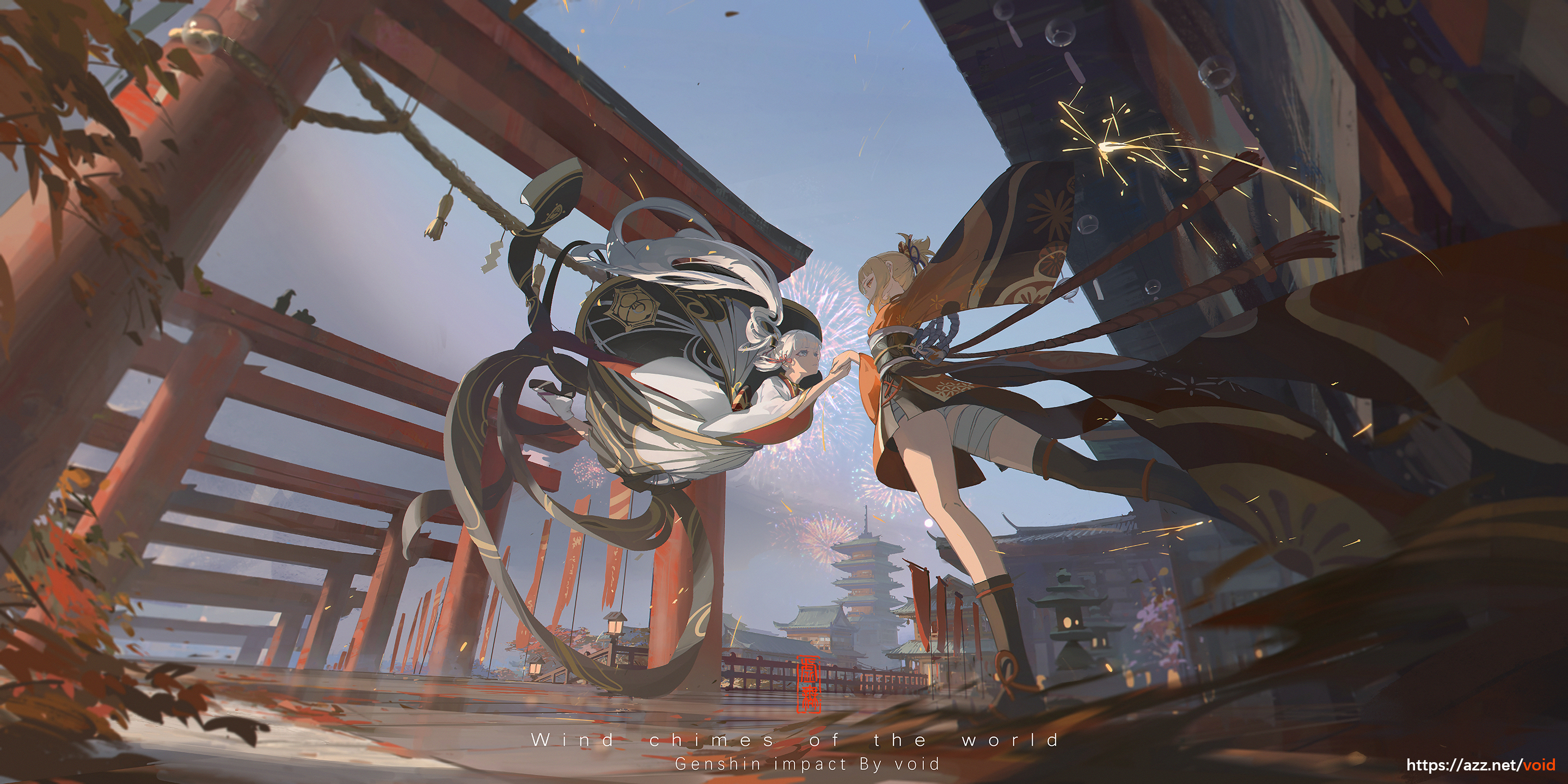1
2
3
4
5
6
7
8
9
10
11
12
13
14
15
16
17
18
19
20
21
22
23
24
25
26
27
28
29
30
31
32
33
34
35
36
37
38
39
40
41
42
43
44
45
46
47
48
49
50
51
52
53
54
55
56
57
58
59
60
61
62
63
64
65
66
67
68
69
70
71
72
73
74
75
76
77
78
79
80
81
82
83
84
85
86
87
88
89
90
91
92
93
94
95
96
97
98
99
100
101
102
103
104
105
106
107
108
109
110
111
112
113
114
115
116
117
118
119
120
121
122
123
124
125
126
127
128
129
130
131
132
133
134
135
136
137
138
|
public static void Split(this SceneTreeModule self)
{
self.Split(self.AllItems.Values.ToList(),null);
}
private static void Split(this SceneTreeModule self,List<ObjectBase> cubes, QuadTreeNode parent)
{
QuadTreeNode Root, LT, RT, LB, RB;
float halfX, halfZ, halfY;
float quarterX, quarterZ, quarterY;
Vector3 center;
if (parent == null)
{
float minX = float.MaxValue,
minZ = float.MaxValue,
minY = float.MaxValue,
maxX = float.MinValue,
maxZ = float.MinValue,
maxY = float.MinValue;
foreach (var cube in cubes)
{
var cubeBound = cube.bounds;
Vector3 boundsMin, boundsMax;
boundsMin = cube.bounds.min;
boundsMax = cube.bounds.max;
minX = Mathf.Min(boundsMin.x, minX);
minY = Mathf.Min(boundsMin.y, minY);
minZ = Mathf.Min(boundsMin.z, minZ);
maxX = Mathf.Max(boundsMax.x, maxX);
maxY = Mathf.Max(boundsMax.y, maxY);
maxZ = Mathf.Max(boundsMax.z, maxZ);
}
halfX = (maxX - minX) / 2;
halfY = (maxY - minY) / 2;
halfZ = (maxZ - minZ) / 2;
quarterX = halfX / 2;
quarterY = halfY / 2;
quarterZ = halfZ / 2;
center = new Vector3(minX + halfX, minY + halfY, minZ + halfZ);
self.Root = Root = self.AddChild<QuadTreeNode>();
Root.Bounds = new Bounds(center, new Vector3(halfX, halfY, halfZ) * 2);
}
else
{
var halfParentSize = parent.Bounds.size / 2;
halfX = halfParentSize.x;
halfY = halfParentSize.y ;
halfZ = halfParentSize.z;
quarterX = halfX / 2;
quarterZ = halfZ / 2;
Root = parent;
center = parent.Bounds.center;
}
var ltPos = center + new Vector3(-quarterX, 0, +quarterZ);
var rtPos = center + new Vector3(+quarterX, 0, +quarterZ);
var lbPos = center + new Vector3(-quarterX, 0, -quarterZ);
var rbPos = center + new Vector3(+quarterX, 0, -quarterZ);
LT = Root.AddChild<QuadTreeNode>();
LT.Bounds = new Bounds(ltPos, new Vector3(halfX, halfY*2,halfZ));
RT = Root.AddChild<QuadTreeNode>();
RT.Bounds = new Bounds(rtPos, new Vector3(halfX, halfY*2, halfZ));
LB = Root.AddChild<QuadTreeNode>();
LB.Bounds = new Bounds(lbPos, new Vector3(halfX, halfY*2, halfZ));
RB = Root.AddChild<QuadTreeNode>();
RB.Bounds = new Bounds(rbPos, new Vector3(halfX, halfY*2, halfZ));
Root.AddChildNode(LT);
Root.AddChildNode(RT);
Root.AddChildNode(LB);
Root.AddChildNode(RB);
foreach (var cube in cubes)
{
var cubeBound = cube.bounds;
QuadTreeNode node = null;
foreach (var child in Root.child)
{
if (child.Bounds.Intersects(cubeBound))
{
child.AddItem(cube);
}
}
}
for (var i = 0; i < Root.child.Count; i++)
{
var x = Root.child[i];
if (x.ItemData.Count == 0)
{
Root.child.RemoveAt(i);
i--;
}
if (x.ItemData.Count > self.MaxCellCount && x.Bounds.size.x > self.MinCellRange)
{
var needSplitData = new List<ObjectBase>();
needSplitData.AddRange(x.ItemData);
x.ClearObj();
self.Split(needSplitData,x);
}
}
}
|


